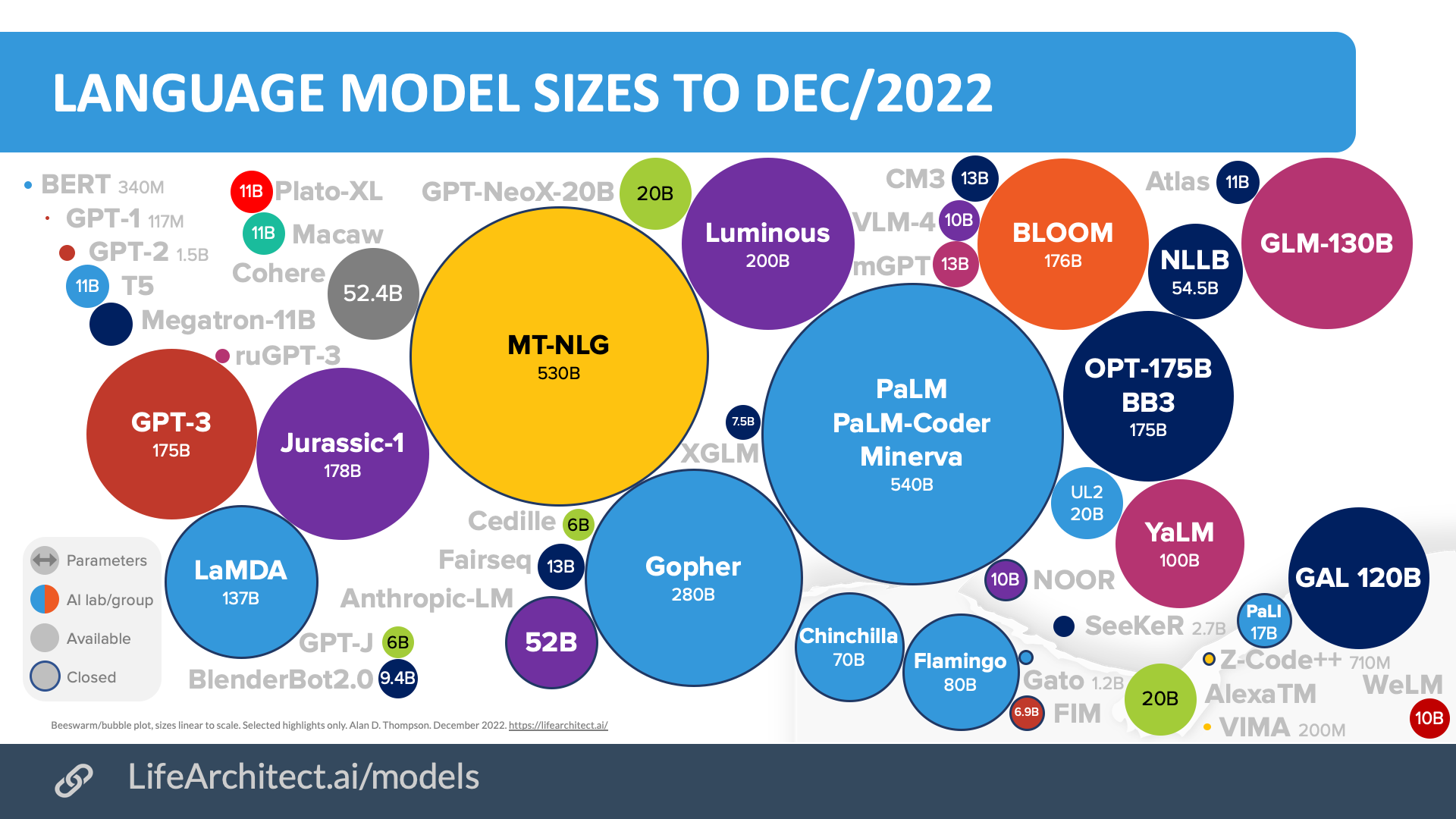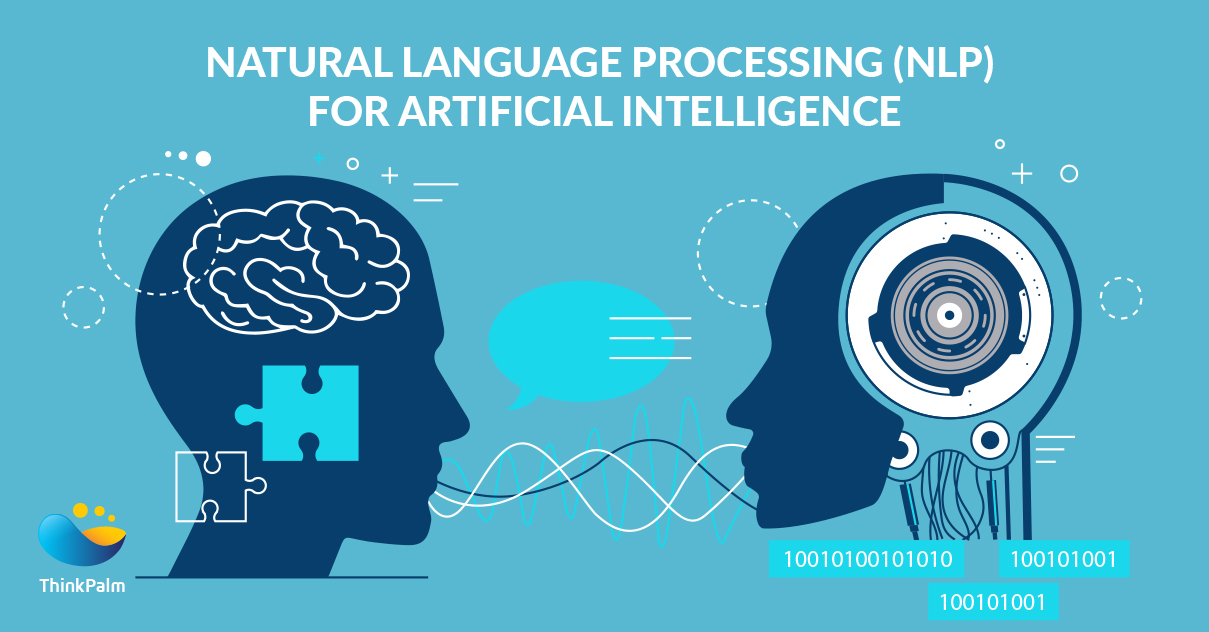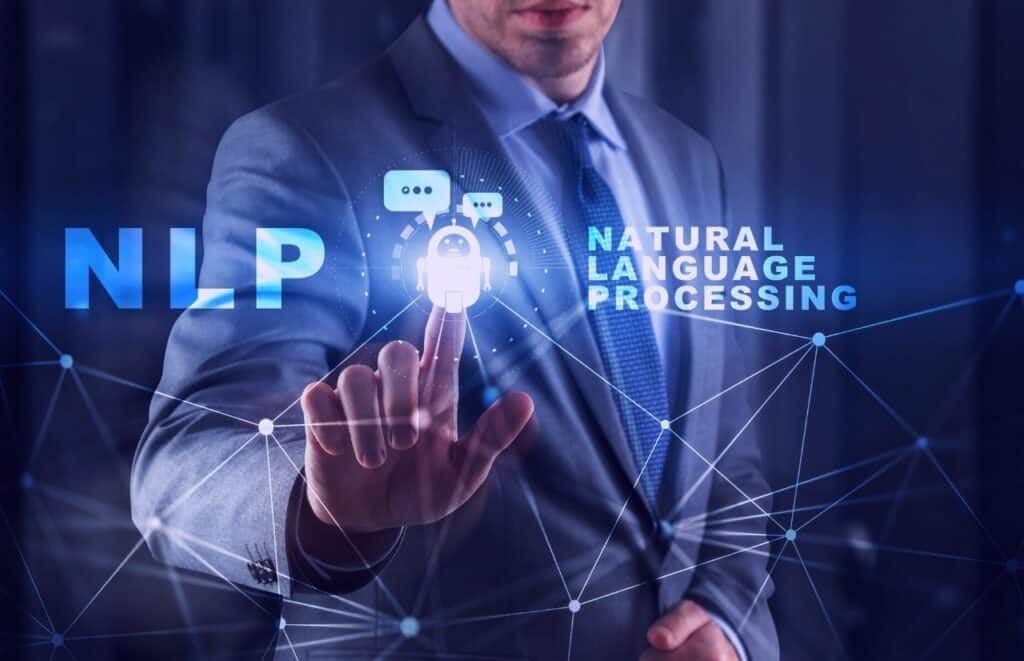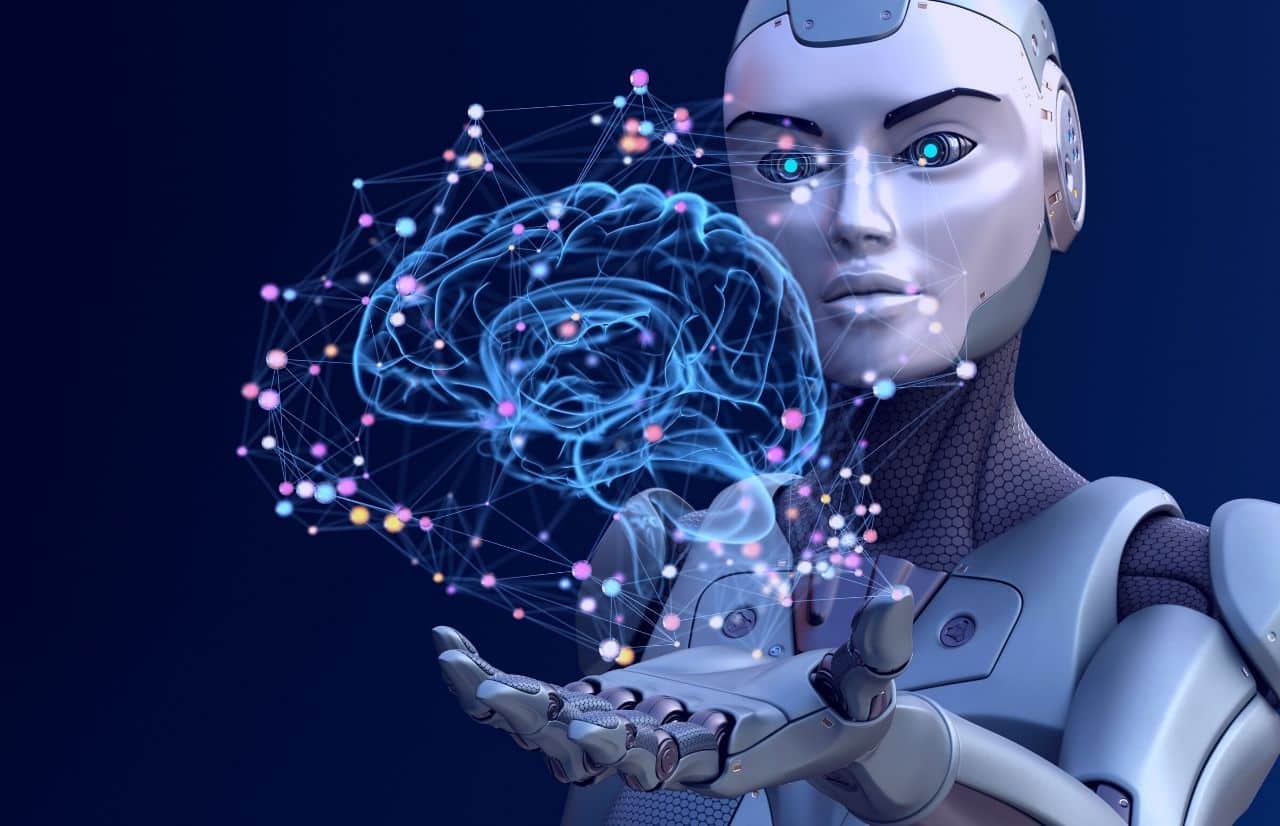Natural language generation (NLG) is the ability of a computer program to generate human-readable text. This can be used for a variety of purposes, such as generating marketing copy, customer service chatbots, and even creative writing.
NLG has become increasingly sophisticated in recent years, thanks to advances in deep learning and artificial intelligence. Today, NLG models can generate text that is not only fluent and coherent, but also informative and engaging.
This has made NLG a valuable tool for businesses of all sizes. By using NLG, businesses can save time and money, improve customer service, and create more engaging marketing content.
In this article, we will take a closer look at NLG, explore its applications, and discuss the challenges and opportunities associated with this technology.
What is Natural Language Generation?
Natural language generation is the process of converting a structured data representation into a natural language text. This can be done using a variety of techniques, such as template-based generation, rule-based generation, and statistical generation.

Template-based generation is the simplest form of NLG. In this approach, a template is used to fill in the blanks with relevant information. For example, a template for a product description might look like this:
<Product name> is a great product for <target audience>. It has <features> and is priced at <price>.
To generate a product description using this template, we would simply fill in the blanks with the appropriate information. For example, we might write:

The new iPhone 13 Pro is a great phone for professionals. It has a powerful camera, a long battery life, and is priced at \$999.
Rule-based generation is a more sophisticated approach to NLG. In this approach, a set of rules are used to generate text. These rules can be used to control the grammar, word choice, and style of the generated text.
For example, a rule-based generator might have a rule that says that the subject of a sentence should come before the verb. This rule would help to ensure that the generated text is grammatically correct.

Statistical generation is the most advanced form of NLG. In this approach, a statistical model is used to generate text. This model is trained on a large corpus of text, and it learns to generate text that is similar to the training data.
Statistical generators are able to produce more natural-sounding text than template-based or rule-based generators. However, they can also be more difficult to train and control.
Applications of Natural Language Generation

NLG has a wide range of applications, including:
- Marketing: NLG can be used to create marketing copy, product descriptions, and even entire marketing campaigns.
- Customer service: NLG can be used to create chatbots that can answer customer questions and provide support.
- Education: NLG can be used to create interactive learning materials, such as games and simulations.
- Entertainment: NLG can be used to create creative content, such as stories, poems, and scripts.
- Research: NLG can be used to summarize research papers and extract insights from data.
Challenges and Opportunities of Natural Language Generation

NLG is a powerful technology with a wide range of applications. However, there are also some challenges associated with this technology.
One challenge of NLG is that it can be difficult to control the quality of the generated text. Statistical generators, in particular, can sometimes produce text that is repetitive, incoherent, or even offensive.
Another challenge of NLG is that it can be difficult to ensure that the generated text is factually accurate. This is especially important for applications such as customer service and education.

Finally, NLG can be a privacy concern. If NLG models are trained on large datasets of personal data, they could be used to create detailed profiles of individuals. This could potentially be used for malicious purposes, such as targeted advertising or discrimination.
Despite these challenges, NLG is a promising technology with a lot of potential. As the technology continues to develop, we can expect to see NLG used in more and more applications.
Conclusion

Natural language generation is a powerful technology with a wide range of applications. As the technology continues to develop, we can expect to see NLG used in more and more ways. This will have a significant impact on our lives, making it easier for us to communicate, learn, and be entertained.
Post a Comment